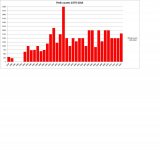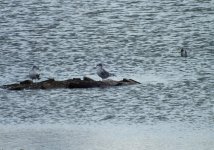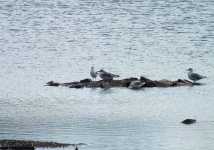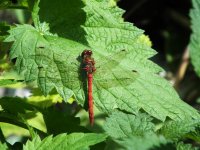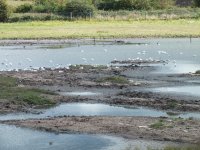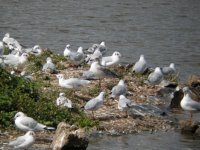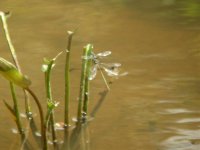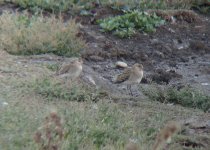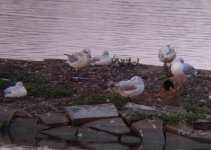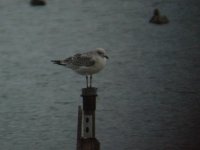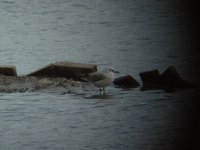upstarts1979
Well-known member
Entering the Bank Holiday weekend the month's list is poised on 99; the last nine days of August could potentially add:
Pochard, Garganey (notable increase in Teal numbers today with Dave J reporting 63 birds), Red Kite, Osprey, Marsh Harrier, Ringed Plover, Black-tailed Godwit, Yellow-legged Gull, Sandwich Tern, Black Tern, Tawny Owl, Little Owl, Mistle Thrush, Whinchat, Stonechat, Wheatear, Spotted Flycatcher, Treecreeper, Yellowhammer
have had treecreeper, southern area of sailing pool:t:





